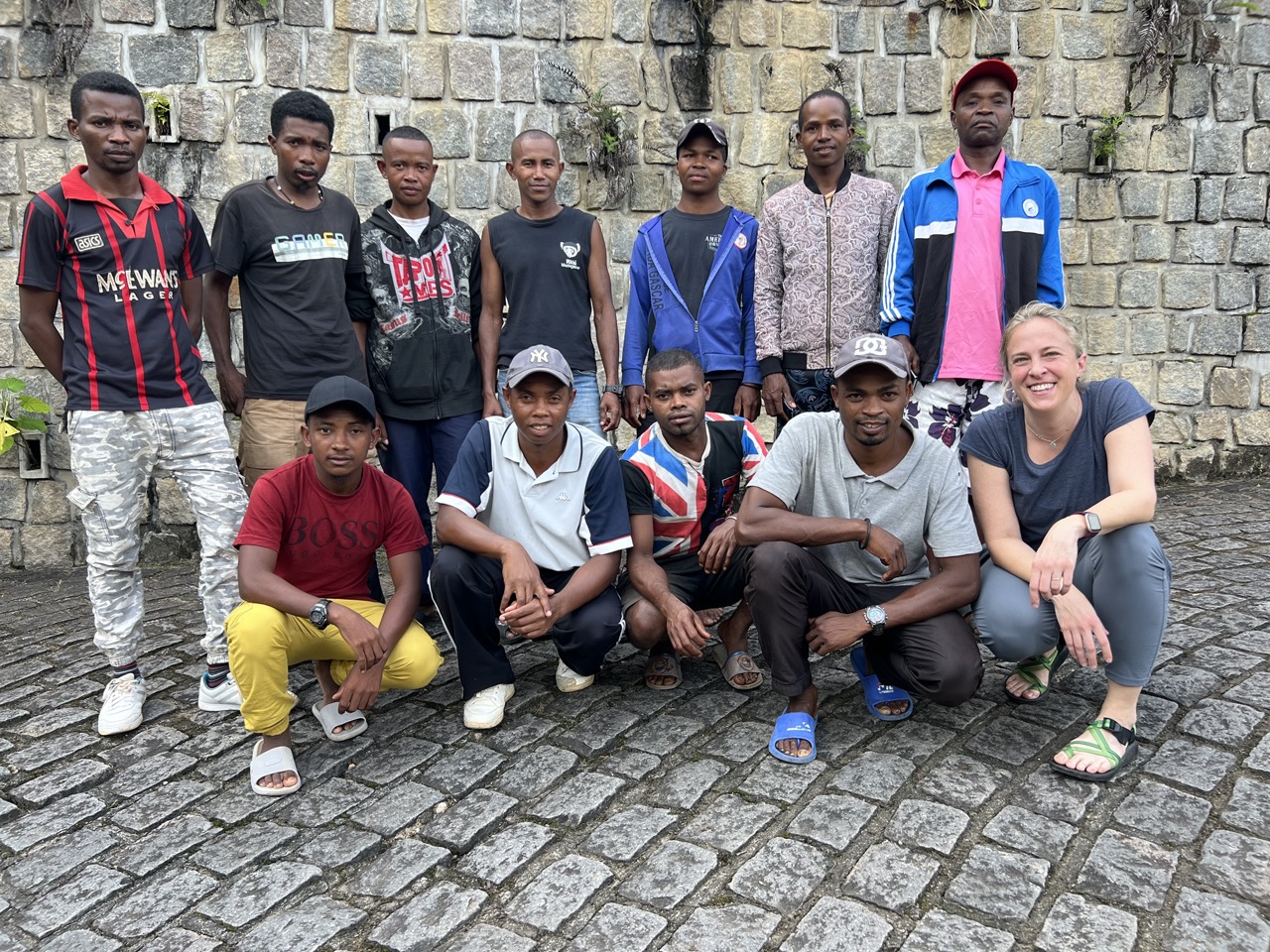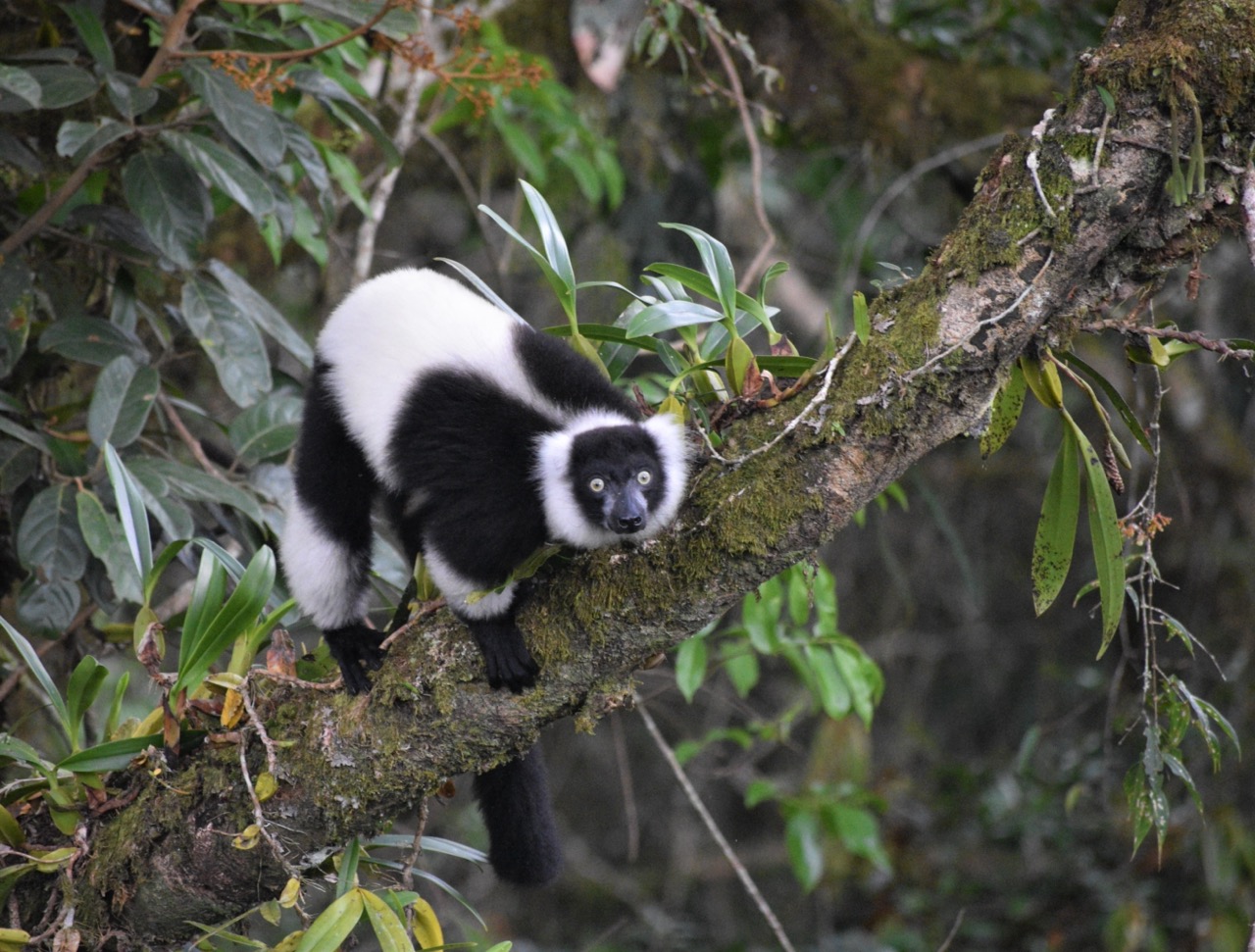Predicting Boom-Bust Reproduction in a Changing Climate
Primary Investigator: Dr. Andrea L. Baden, CUNY Hunter College
 Breeding seasonality is likely an adaptive strategy that allows individuals to maximize
their reproductive effort by breeding when environmental conditions are most propitious.
To do so, organisms must rely on environmental, social, and/or physiological cues
well in advance of breeding events to infer information about the coming season. However,
beyond photoperiod, the mechanisms responsible for regulating breeding seasonality
remain poorly understood. Moreover, it is unclear how climate change, including increases
in climate variability and the frequency and severity of extreme weather events, will
affect natural populations in the future, particularly in long-lived, slow reproducing
species.
Breeding seasonality is likely an adaptive strategy that allows individuals to maximize
their reproductive effort by breeding when environmental conditions are most propitious.
To do so, organisms must rely on environmental, social, and/or physiological cues
well in advance of breeding events to infer information about the coming season. However,
beyond photoperiod, the mechanisms responsible for regulating breeding seasonality
remain poorly understood. Moreover, it is unclear how climate change, including increases
in climate variability and the frequency and severity of extreme weather events, will
affect natural populations in the future, particularly in long-lived, slow reproducing
species.
Dr. Baden’s research aims to unravel the myriad factors thought to drive breeding seasonality by investigating breeding and reproduction in a wild population of black-and-white ruffed lemurs (Varecia variegata). Together with collaborators Dr. Randy Junge (Columbus Zoo), Stacey Tecot (University of Arizona), Jessica Rothman (Hunter College), and Amy Dunham (Rice University), the team will characterize annual variation in ruffed lemur reproductive behavior and hormone profiles, and examine the extrinsic and intrinsic cues related to these patterns. Specifically, they will combine detailed climatic, ecological, behavioral, nutritional, and hormonal data collected across four years, with nearly 20 years of longitudinal climate and demographic data, to investigate what factors predict boom-bust reproduction in ruffed lemurs, and model how these patterns might change under projected climate change scenarios.
 The proposed study is unique in that it that will simultaneously consider environmental,
social, nutritional and hormonal factors hypothesized to influence mammalian life
history variation in the wild. This work will make use of naturally occurring variation
to explore proximate mechanisms driving reproduction and survival in a seasonally
breeding mammal. Importantly, this work will then model individual- and population-level
responses to climate change, allowing us to predict whether and how climatic variability
might impact long-term patterns of population demography in this Critically Endangered
lemur. Results will contribute key data to this species’ management, and may also
indicate important predictors of population dynamics in other broad taxonomic groups.
Understanding diverse species responses to climate variability will be critical to
developing effective mitigation strategies and conservation management plans.
The proposed study is unique in that it that will simultaneously consider environmental,
social, nutritional and hormonal factors hypothesized to influence mammalian life
history variation in the wild. This work will make use of naturally occurring variation
to explore proximate mechanisms driving reproduction and survival in a seasonally
breeding mammal. Importantly, this work will then model individual- and population-level
responses to climate change, allowing us to predict whether and how climatic variability
might impact long-term patterns of population demography in this Critically Endangered
lemur. Results will contribute key data to this species’ management, and may also
indicate important predictors of population dynamics in other broad taxonomic groups.
Understanding diverse species responses to climate variability will be critical to
developing effective mitigation strategies and conservation management plans.
This project will also support capacity building and training for Malagasy PhD students, as well as training and near-peer mentoring among American and Malagasy veterinary students from The Ohio State University and University of Antananarivo. In the future, project goals also include build and strengthening infrastructure, including providing equipment necessary for in-country nutrition and hormone assays.
Photos courtesty of Andrea Baden
